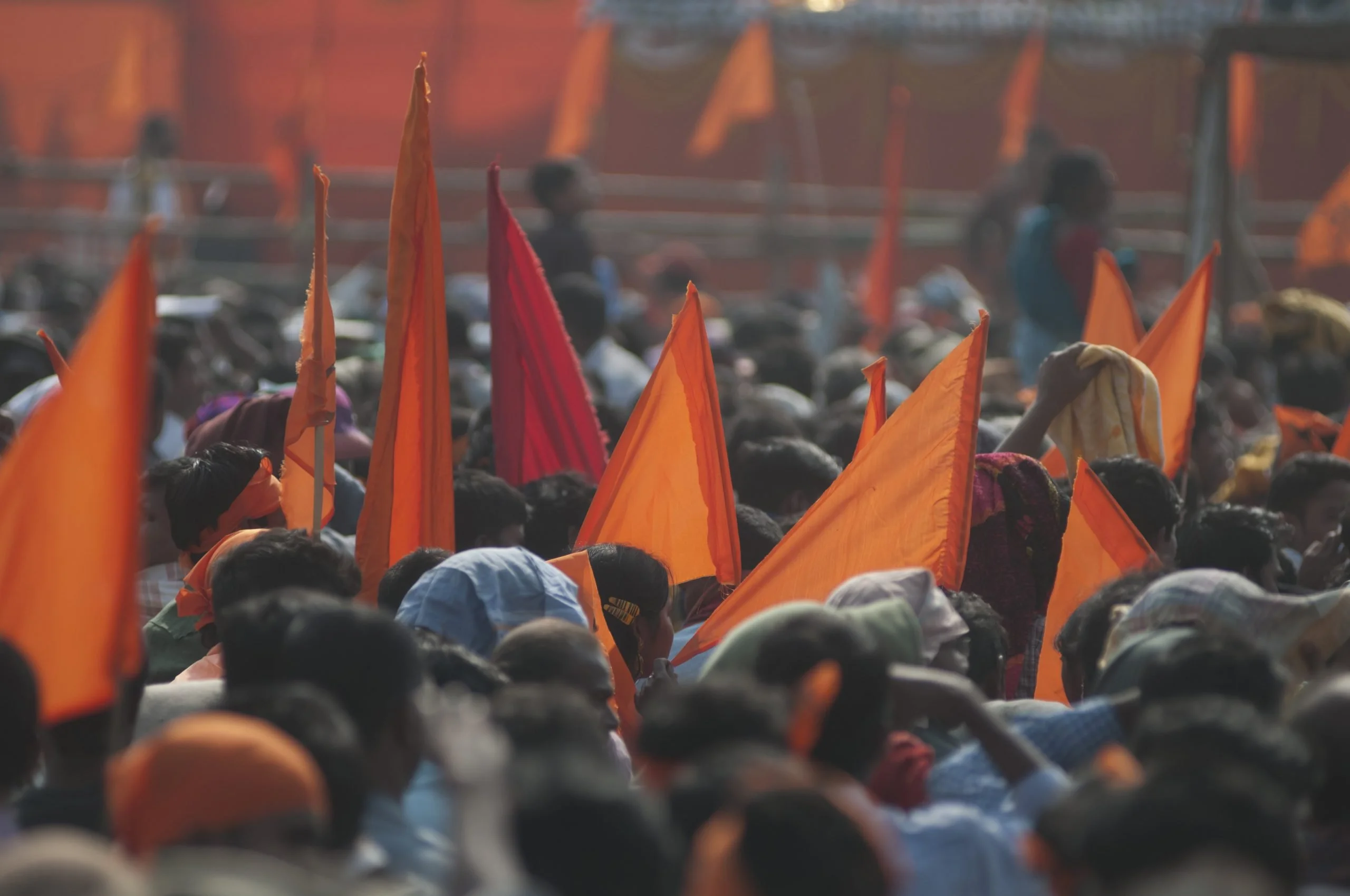
India, once a beacon of vibrant democracy, has gradually transformed into a leviathan of saffron-clad nationalism; its shadow now stained crimson with the blood of minorities and dissenters, both inland and abroad. This journey from “India” to “Bharat” does not constitute a path towards progress or exceptionalism but rather a nose dive into a vortex of intolerance and extremism. The trend poses a significant threat not only to the internal well-being of Indian people but also to the stability of the region and beyond.
The virus of Hindutva, germinated by the ruling BJP party, has raised concerns about growing intolerance and suppression of dissent within the country. Voices critical of the BJP government, particularly Sikhs and Muslims, are being silenced ruthlessly. The Citizenship Amendment Act (CAA) denies citizenship based on religion while the National Register of Citizens (NRC) threatens to render millions homeless and stateless. Harsh laws targeting farmers in Punjab, like the controversial Anti-Farmer Reforms, and brutal crackdowns on protests are examples of this suppression.
Similarly, Kashmir’s desire for self-rule has been stifled by the removal of special protections under Article 370 followed by brutal use of force by the government.
Arundhati Roy, a voice echoing the nation’s dissent, warns of “Hindu Fascism,” while Noam Chomsky laments, “the world’s largest democracy turning into a Hindu-nationalist state.”
The turmoil isn’t confined within India’s borders. It spills outwards creating a domino effect, poisoning the air its neighbors share. Nepal, Bhutan, and Bangladesh face territorial disputes and political meddling, fueled by India’s turmoil. The archrival Pakistan perpetually stays under the shadow of nuclear conflict while Afghanistan watches with concern as its citizens (students) face impending visa issues that are far from resolved. Sri Lanka, too, feels the ripple effect. Its ties strained by the Tamil Tigers’ legacy and suspicions of Indian involvement.
This external assertiveness masks a darker reality. Beyond India’s borders, the threats extend to minorities, particularly Sikhs living abroad. Canada and the US bear witness to a grim pattern, the targeted killings of Sikh activists, with Indian involvement suspected. One major example is of Hardeep Singh Nijjar, whose assassination in 2023 prompted the Canadian Prime Minister to level allegations of Indian intelligence involvement, later endorsed by the Five Eyes Intelligence Consortium and even the US President, Joe Biden.
Even prominent figures in the United Kingdom like Avtar Singh Khanda, whose wife recently accused Indian intelligence of poisoning him, are not immune from India’s shady business abroad. This is not mere speculation; the US Department of Justice, in a landmark ruling, recently convicted Indian agent Nikhil Gupta for the attempted murder of US citizen, Gurpatwant Singh Pannun, further solidifying concerns about India’s transnational reach and disregard for international law.
These incidents and allegations highlight the worrying reach of India’s actions beyond its borders, raising concerns about its commitment to international peace and stability. Names like Avtar Singh Khanda and Hardeep Singh Nijjar stand as stark reminders of the human cost of these alleged actions. Sikh leaders like Jaspal Atwal and PS Kalra have starkly condemned this, accusing India of “exporting its intolerance” and “hate.”
India’s self-proclaimed global image is fading away.
It is no longer being lauded as a vibrant democracy, Freedom House downgraded its status to “partly free” in 2023, citing a worrisome erosion of political and civil liberties. This decline is echoed by other major indices: The Economist Intelligence Unit ranks India 53rd of 167 in its 2022 Democracy Index, labeling it a “flawed democracy.” The World Justice Project’s Rule of Law Index shows a concerning drop, from 50th in 2019 to 61st in 2023, indicating a weakening respect for fundamental rights and the rule of law.
Human rights violations further cast a shadow on this frail democracy. Amnesty International documented a “pattern of violations” in its 2023 Report, mentioning excessive force against protesters, arbitrary detentions, and discriminatory laws towards minorities in India. The Chief of UN Human Rights raised concerns about the potentially discriminatory CAA and the NRC. At the same time, the US State Department flagged India for “significant human rights concerns,” including religious intolerance, restrictions on free speech, and violence against journalists and activists.
India, at this pivotal juncture, stands at a crossroads. The path it chooses will have profound ramifications for its citizens and the entire world. Should it embrace the dark allure of exclusionary nationalism, it risks becoming an outcast state, threatening regional stability and global security.
Eight years of BJP government, it seems the fervor of extremist nationalism has been sealed.
This isn’t about Hinduphobia or demonizing a nation. It’s about recognizing the threat a nation drunk on exclusionary nationalism poses to itself and the world. India, at this moment, has a choice: embrace the darkness and become a global pariah, or shed the saffron shroud and return to the true light of its genuine potential – a nation of tolerance, diversity, and global leadership. The world, holding its breath, waits for India’s answer.
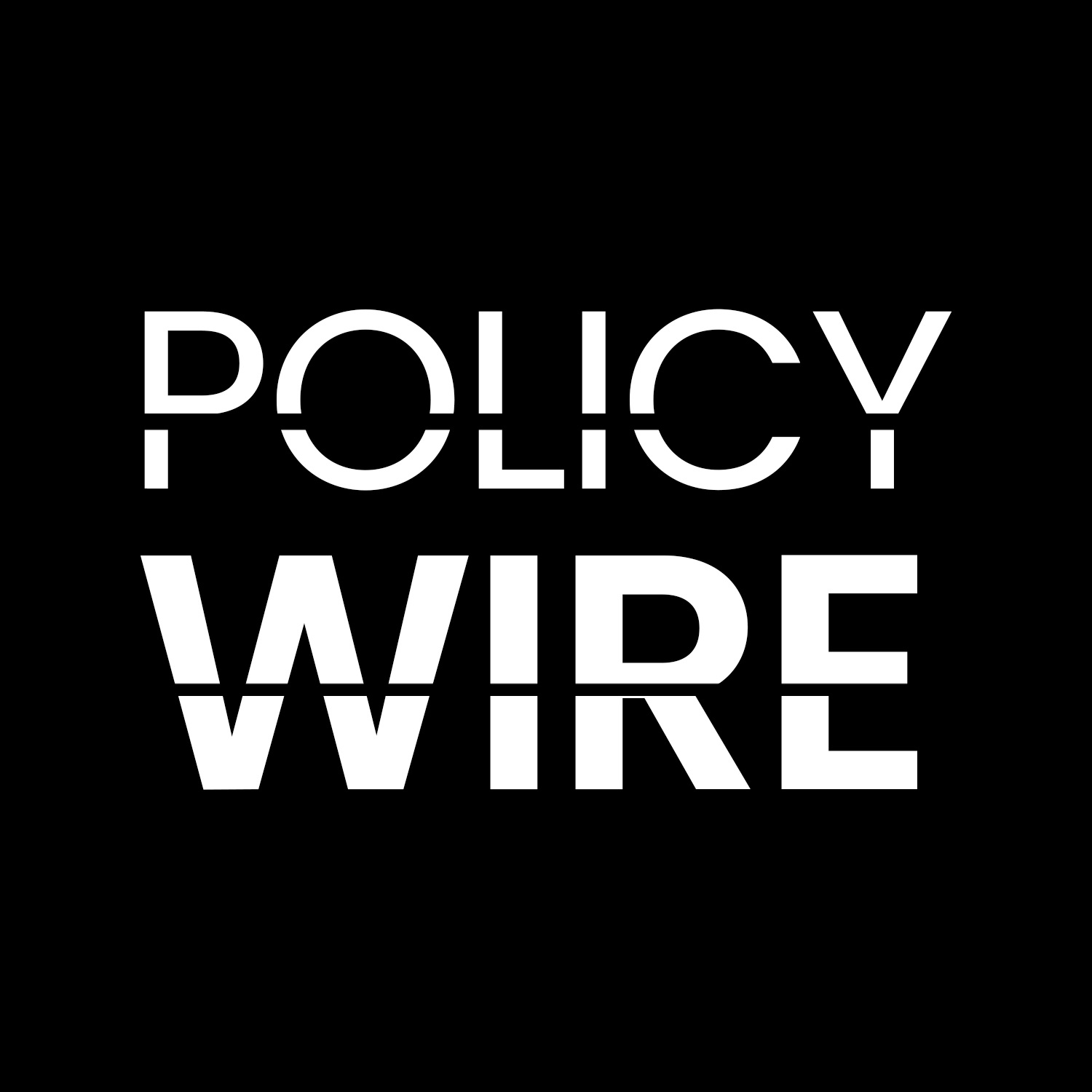
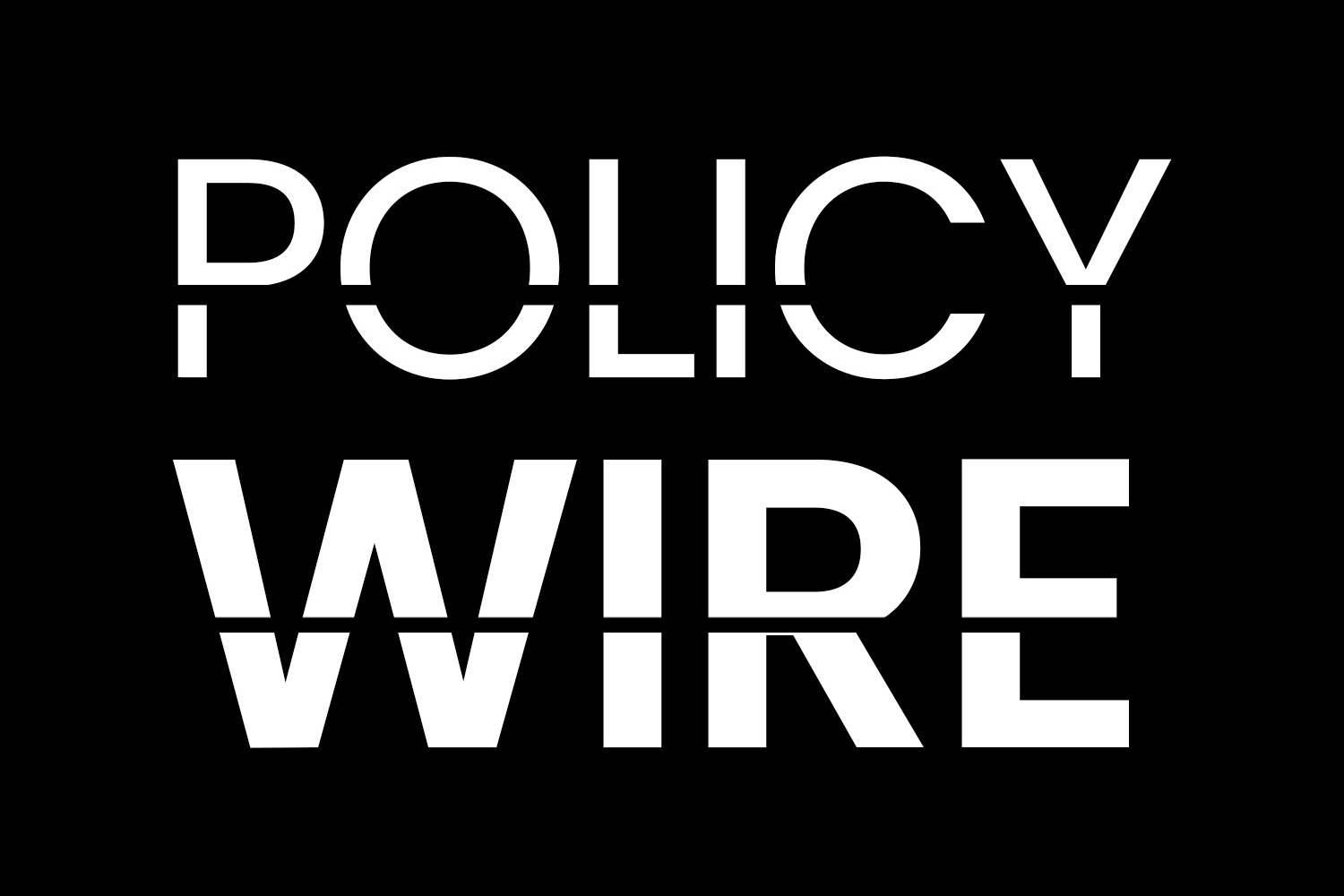



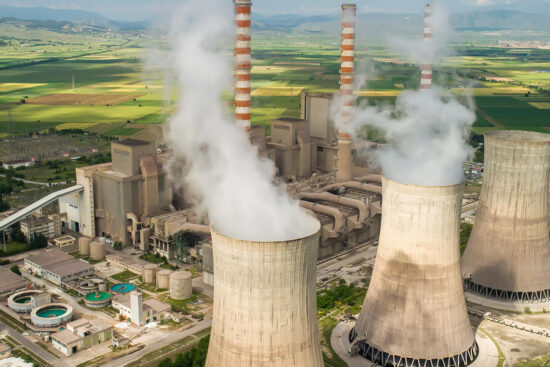
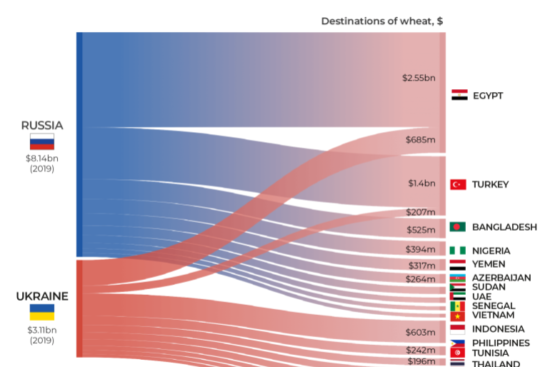
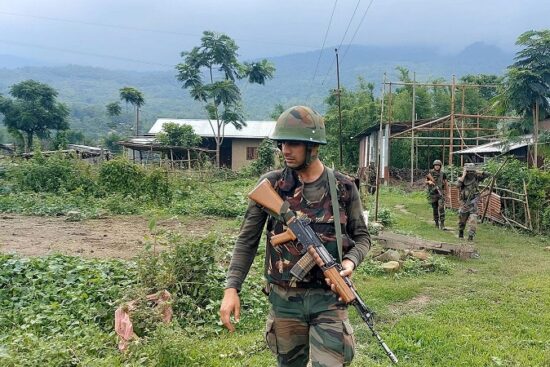
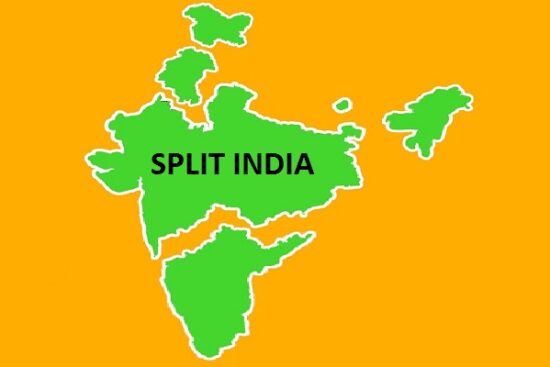










Leave a Reply